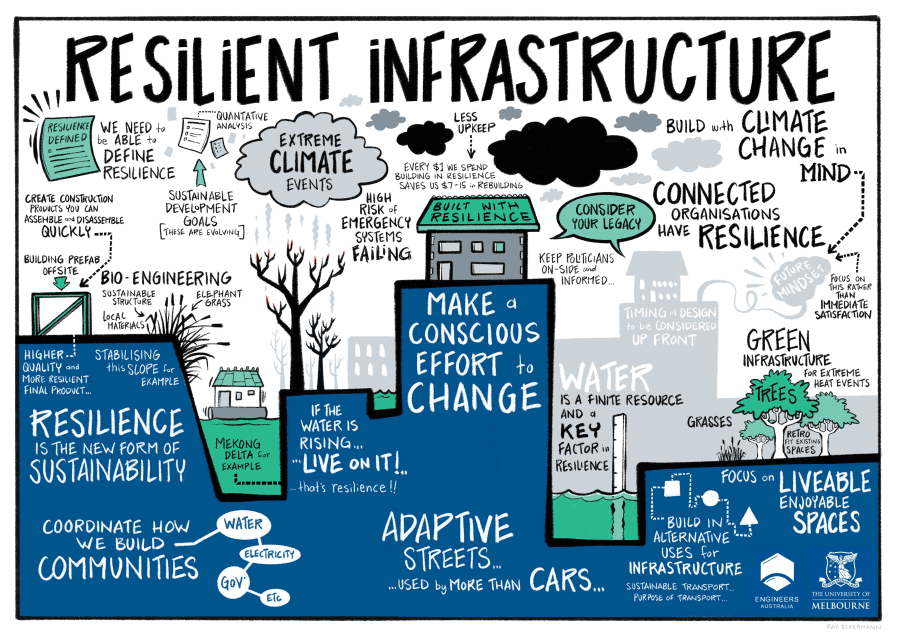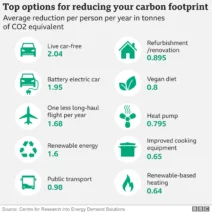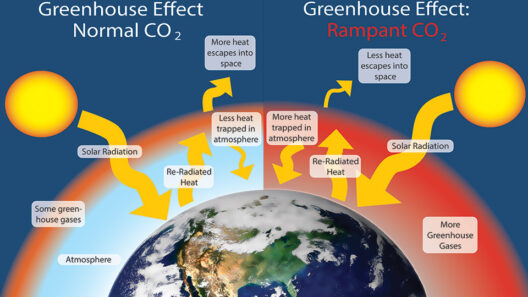As the specter of climate change looms, humanity stands at a crossroads, akin to a ship navigating treacherous waters. The waves of environmental uncertainty threaten to destabilize ecosystems, economies, and communities across the globe. To weather this storm, adaptation emerges not just as a necessity but as an imperative for survival. We must collectively don the mantle of resilience, harnessing our ingenuity to sculpt a sustainable future.
At the very core of adaptation lies the recognition of our vulnerability to nature’s caprice. Climate change manifests through unpredictable weather patterns, rising sea levels, and shifting biodiversity. Thus, adapting to these realities involves a multifaceted approach, seamlessly intertwining technological innovation, community engagement, and a commitment to sustainable practices.
The blueprint for a resilient future begins with robust infrastructure. Imagine a city that embodies flexibility; buildings constructed not merely to endure but to thrive amidst changing climates. Such infrastructure could utilize cutting-edge materials and designs that respond dynamically to environmental stressors. For instance, pervious pavements and green roofs serve as a natural sponge, absorbing rainfall and mitigating flooding while enhancing biodiversity.
Moreover, transportation systems must evolve. The rusting bones of outdated technologies must give way to electric public transport networks and bike-friendly urban frameworks, reducing dependency on fossil fuels. By reimagining our pathways, we not only diminish greenhouse gas emissions but also foster healthier communities. The vibrancy of urban life can be reignited through walkable neighborhoods and accessible green spaces that invite both activity and solace.
But what is infrastructure without the heart of a community? Cultivating resilience demands an engaged citizenry—individuals who understand that their daily choices collectively reverberate through the fabric of society. Education plays a pivotal role in this metamorphosis, empowering individuals to become stewards of their environment. Initiatives such as local workshops and community forums can galvanize public interest in sustainability. When communities rally together around a common cause, they weave a strong safety net that can withstand climate challenges.
Resilience also burgeons through an educated populace adept at understanding and implementing adaptive practices. Sustainable agriculture represents a vivid illustration of this principle. Traditional farming methods often exacerbate environmental degradation, prompting the urgent exploration of agroecological techniques. Permaculture fosters synergies within ecosystems, enabling farmers to cultivate crops that are not only productive but also harmonize with nature. By embracing biodiversity and eliminating harmful chemicals, we can cultivate food systems resilient to climate volatility.
Additionally, water scarcity emerges as a critical focal point in this narrative. Regions across the globe grapple with dwindling freshwater resources as climate models predict an unsettling increase in droughts. Therefore, innovative conservation techniques are paramount. Technologies such as rainwater harvesting and greywater recycling can transform how ecosystems utilize water. Moreover, communities can establish indigenous methods that respect local environments while maximizing water retention and quality.
As we chart our course towards resilience, we must also address the ubiquitous threat of climate injustice. Vulnerable populations often bear the brunt of climate impacts disproportionately. It is essential to integrate social equity into adaptation strategies. Policymakers must ensure that communities that are historically marginalized have a voice in decision-making processes. By fostering inclusivity, we do not merely build resilience; we reinforce the moral foundation of our responses to climate change, ensuring that no one is left behind in this collective endeavor.
The interdependencies of our natural ecosystems call for a holistic approach to adaptation. Biodiversity is not simply an environmental luxury; it is the scaffolding that supports all life. Protecting and restoring natural habitats is a formidable strategy in the climate adaptation toolkit. Reforestation projects and wetland restoration can not only sequester significant carbon footprints but also offer invaluable services—like flood control and wildlife habitat. Engaging in conservation efforts allows for symbiosis: we nurture nature, and nature nurtures humanity in return.
Through consistent dialogue and collaboration, governments, businesses, and civil society can forge resilient partnerships. Public-private collaborations encourage innovation, spreading the wings of entrepreneurship to develop sustainable technologies. From renewable energy sectors to sustainable manufacturing practices, pursuing green opportunities catalyzes economic growth while addressing climate change. These partnerships create an ecosystem of ingenuity where adaptive solutions flourish.
Ultimately, the journey toward climate adaptation is not devoid of challenges. It demands resilience akin to that of a tree during a storm—bending but not breaking, finding stability even as conditions become unruly. Our path forward requires metaphorical roots that anchor us in our commitment to sustainability while allowing for the agility necessary in the face of change.
In conclusion, adapting to climate change transcends mere survival; it embodies a shared vision of a resilient future where ingenuity, community, and nature collaborate harmoniously. By investing in adaptable infrastructure, empowering communities, and respecting ecological interdependencies, we can chart a course that not only withstands the storms ahead but thrives amidst them. This is our calling to not merely exist in a changing world but to positively thrive within it.

eng.unimelb.edu.au
infrastructure resilient leaders action




